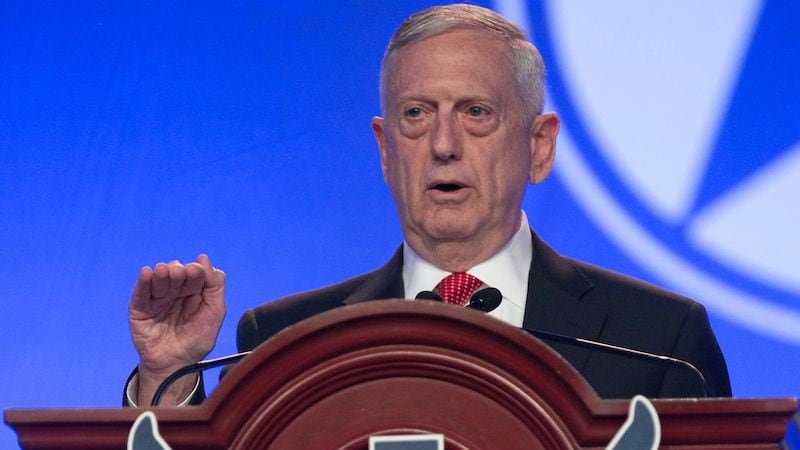America’s aerospace and defense industry enthusiastically welcomes U.S. Secretary of Defense Jim Mattis’ call for closer ties between the Department of Defense and industry.
“I think that the most important thing is that we open the lines of communication in a way that consider industry, American industry and allied industry where it's appropriate, as partners in this effort,” Mattis told this year’s Air Force Association Annual National Convention. “I think the most important thing is to get the communication going again ... in the areas where it's languished.”
We couldn’t have said it any better.
The Aerospace Industries Association has held CEO-level gatherings with the secretary of defense dating back to Secretary Robert Gates in 2008. We also have regular meetings with the undersecretary of defense for acquisition, technology and logistics as well as senior service acquisition leaders. But those conversations only scratch the surface of what we can do with a deeper, more positive relationship with our prime customer at all levels of the acquisition system.
RELATED

The DoD and the aerospace and defense industry share a common goal of maintaining, building and enhancing our war fighters’ technological advantage. We never want to be in the position of sending our troops into a fight without a decisive edge.
Key to achieving that goal is an open and continuous dialogue on the best path forward. American companies are the most innovative, most creative and most successful in the world. Unshackling that potential requires a fresh outlook on the regulatory environment and deeper connections with our government partners.
Noting the existence of self-imposed restrictions on dialogue with industry at the Pentagon and among the services, Mattis said: “I want to encourage all of you within — strictly within the ethical regulations, do not have imaginary legal restrictions on your leadership responsibility to find the best bang for the buck, to find the most far-reaching innovations that are out there.”
We couldn’t agree more. The fact that the DoD is looking for creative alternatives to the current acquisition system — through the Strategic Capabilities Office, the Defense Innovation Unit Experimental, and the previous administration’s broader outreach to Silicon Valley and other centers of innovation — strikes us as recognition that our acquisition process needs improvement.
The threat environment is changing dramatically with each passing day. To counter new threats in different domains requires both speed and agility; unfortunately, our acquisition system seems designed to slow down processes.
RELATED

A good example of this is the prior administration’s independent research and development, or IR&D, reporting requirement that the DoD recently suspended. Instead of promoting timely dialogue between government and industry and increasing the effectiveness of IR&D spending, the formalized requirement for documentation would have slowed the weapons procurement process and diminished the very innovation it meant to encourage.
AIA led the charge to rescind this onerous requirement for the last two years. Fortunately, the DoD listened — a primary example of the good outcomes that happen when our partnership works to our mutual advantage. We look forward to many more exchanges of this kind, and applaud Mattis’ leadership in reaching out.
David F. Melcher is the president and CEO of the Aerospace Industries Association, which advocates for the aerospace and defense industry.







